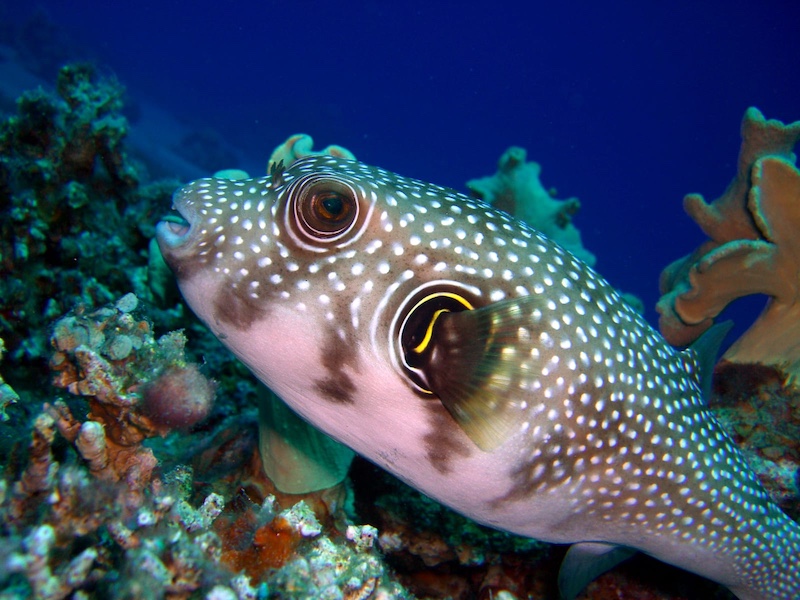When we think about dangerous animals, we often imagine fierce predators that bite, sting, or claw. But some of the deadliest creatures on Earth can kill without ever making physical contact. These animals use venomous sprays, airborne toxins, or deadly behaviors that don’t require touch. Let’s explore 10 animals capable of lethal attacks from a distance, backed by interesting stats and facts from sources like National Geographic and the World Health Organization.
Box Jellyfish

The box jellyfish, found in the waters of the Indo-Pacific, is considered one of the most venomous creatures on the planet. Its tentacles don’t need to grab you to deliver a fatal sting; the venom can cause heart failure within minutes. The Australian Institute of Marine Science reports that box jellyfish stings have caused over 60 deaths in Australia alone since 1883, often from toxins that act so quickly victims drown before help arrives.
Cone Snail
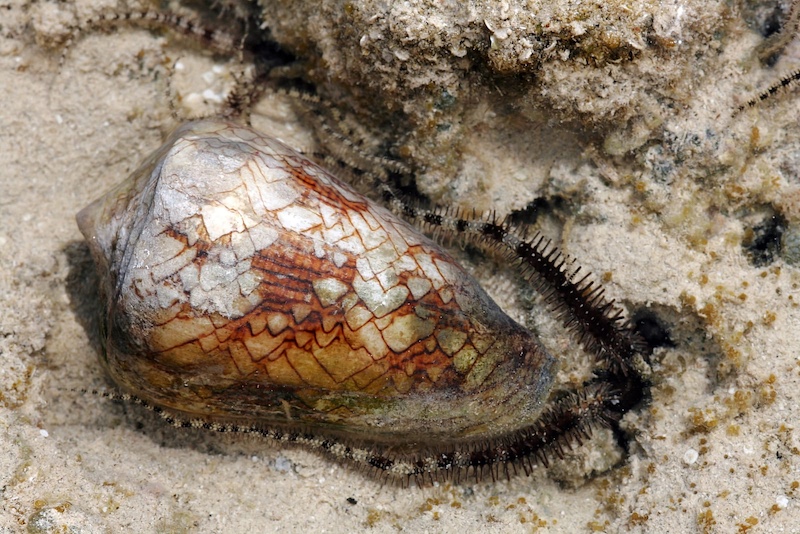
This slow-moving sea snail might look harmless, but it uses a harpoon-like tooth to shoot venom at prey—and humans are accidental targets. What’s terrifying is that the venom spreads rapidly through the bloodstream, and a single sting can be fatal. The Smithsonian Institution notes that cone snail venom contains neurotoxins potent enough to paralyze and kill within hours, and there’s currently no antivenom.
Stonefish
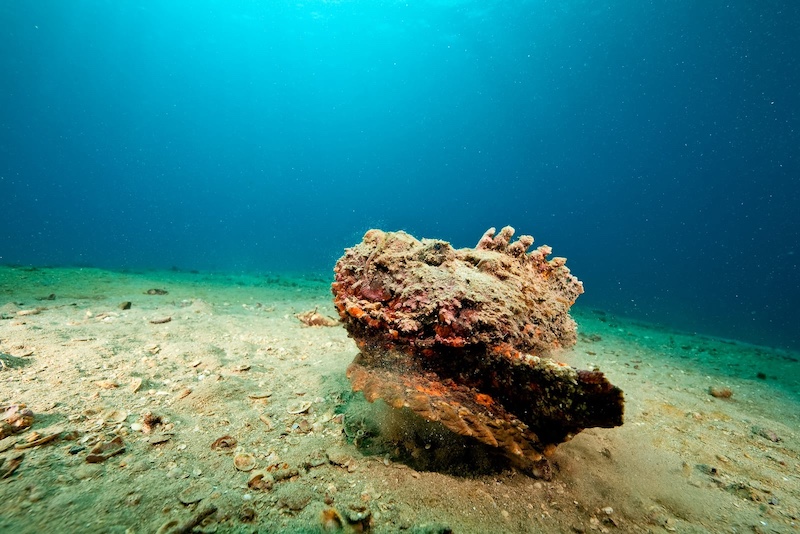
While stonefish kill by sting upon contact, their venom can also cause death without physical interaction if the venom spreads systemically. However, the bigger danger is their ability to spray venomous spines if threatened, which can cause intense pain, shock, and even death, according to data from the Centers for Disease Control and Prevention (CDC).
Pufferfish
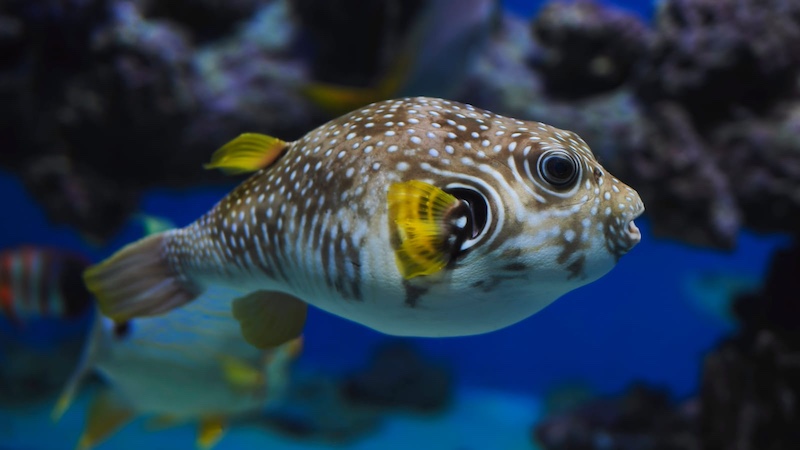
Pufferfish are infamous for tetrodotoxin, a poison 1,200 times more toxic than cyanide. This neurotoxin is so potent it can kill humans without direct contact—if ingested or inhaled in minute amounts. The Food and Agriculture Organization reports that around 200 deaths occur worldwide annually due to pufferfish poisoning, mostly in Japan where it is a delicacy called fugu.
Blue-Ringed Octopus
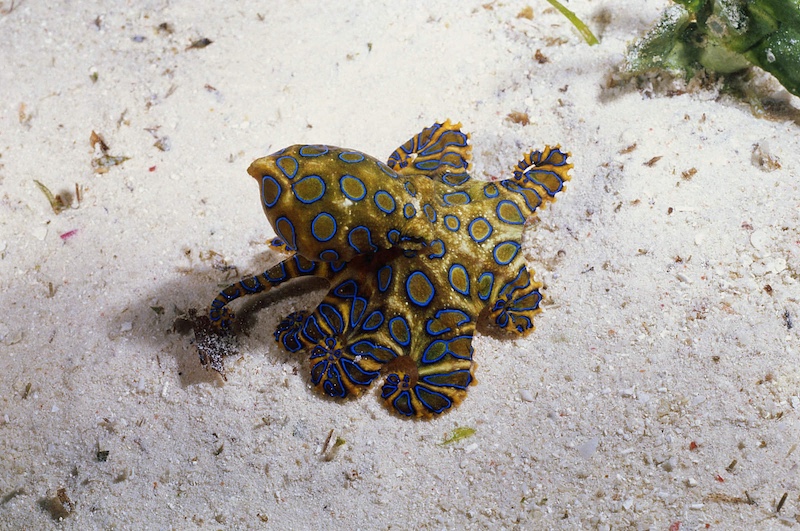
This small but deadly octopus carries enough venom to kill 26 adult humans. Its neurotoxin, tetrodotoxin, can cause respiratory arrest within minutes. The octopus doesn’t need to bite to be dangerous: the venom is sometimes released in saliva, and even proximity can be lethal if you get exposed to it. Australia’s venom research centers warn that no antivenom exists.
Poison Dart Frog
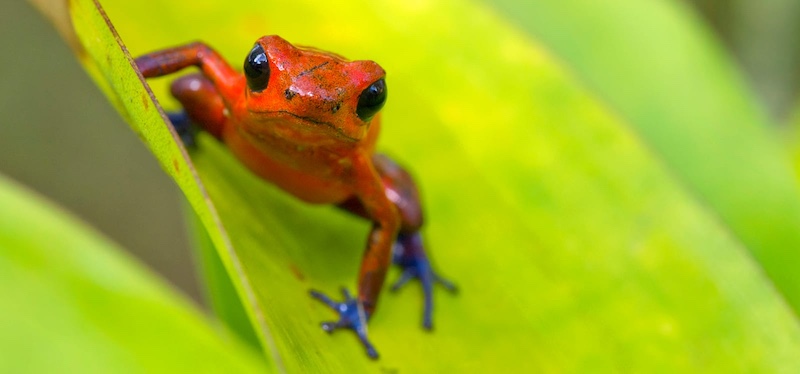
Native to Central and South America, poison dart frogs secrete batrachotoxin through their skin. The toxin is so powerful it can cause cardiac arrest in seconds, and indigenous tribes historically used it to poison blowgun darts. Although the frogs themselves do not actively attack, mere handling or exposure to their toxin can be fatal, as documented by National Geographic.
Electric Eel
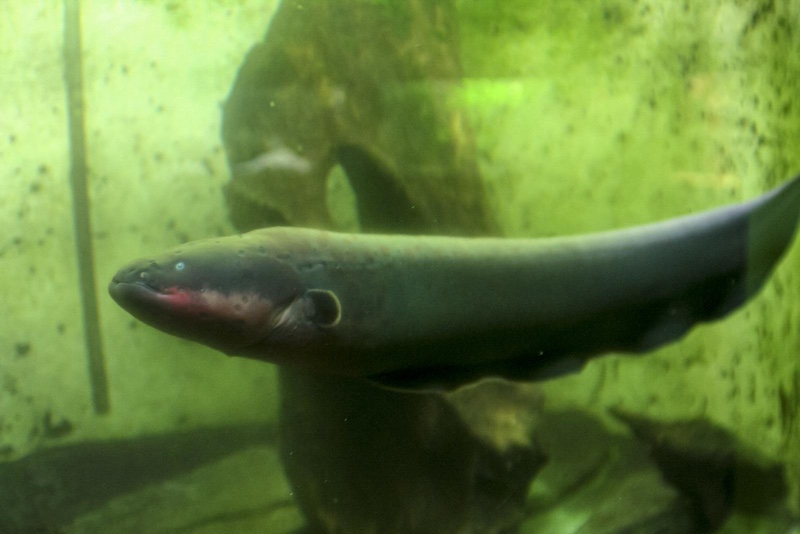
The electric eel can generate shocks up to 600 volts, enough to stun or kill a human. While death by electric eel usually involves direct contact, the eel can emit electric fields that incapacitate prey or attackers nearby without touching. Scientific American reports that shockwaves in water can travel and cause muscle paralysis or cardiac arrest in humans.
Brazilian Wandering Spider
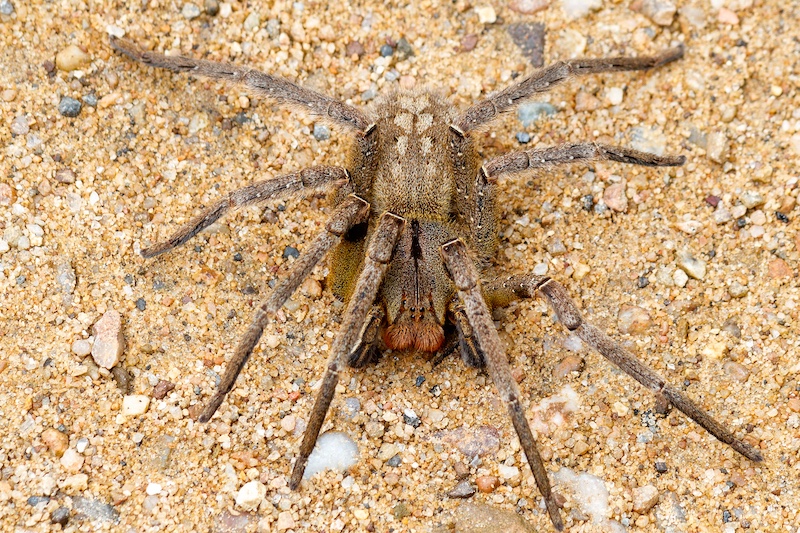
This spider is known for its highly potent venom which can cause death through systemic effects like breathing failure. While bites require contact, the spider’s defensive behavior includes releasing venom droplets into the air or on surfaces that can be inhaled or cause severe reactions without a direct bite, warns the World Health Organization.
Deathstalker Scorpion
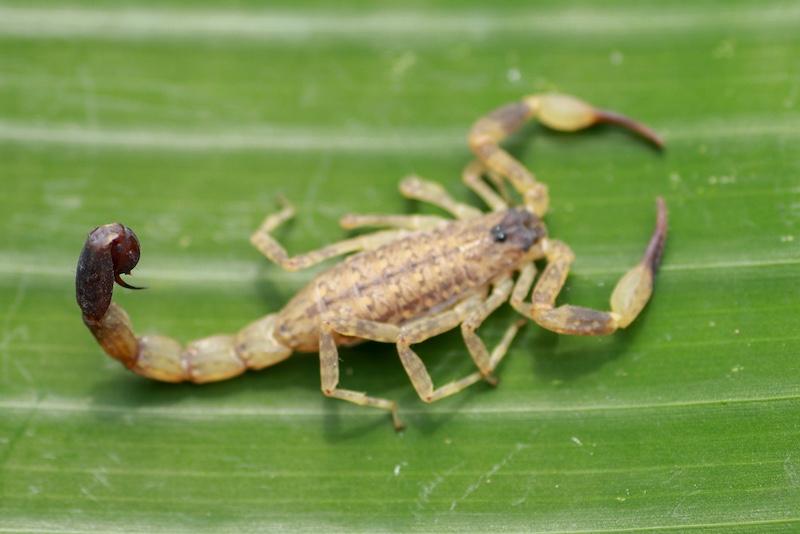
Found in North Africa and the Middle East, the deathstalker scorpion’s venom contains powerful neurotoxins. In enclosed spaces, their venomous particles can become airborne, causing allergic reactions or even fatal respiratory failure without a sting. Poison control centers caution that allergic individuals are especially at risk.
Africanized “Killer” Bees
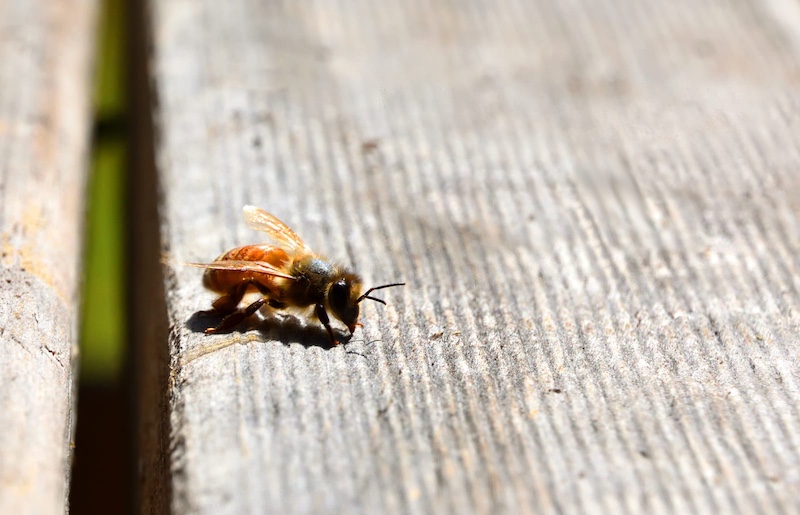
Unlike their milder honeybee cousins, Africanized bees release a pheromone that can incite massive, aggressive swarming. They don’t need to sting individually to be deadly; thousands can attack simultaneously, overwhelming the victim. The Centers for Disease Control and Prevention estimates they cause dozens of deaths yearly in the Americas due to massive envenomation and anaphylactic shock.
- Please Note: This content was created with the assistance of AI and thoroughly edited by a human before publishing.

